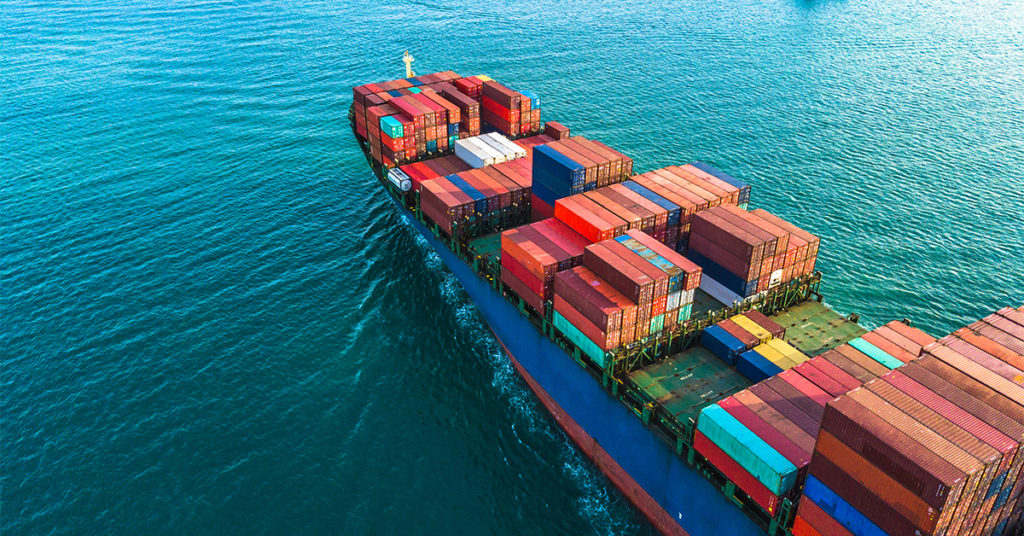
Freight can make up 5% to 20% of your product costs. In this article we cover the top 7 tips for saving freight costs on goods shipped to Amazon.
Tip 1 Small Packaging
The first thing you should do is to make sure your product packaging and outer shipping cartons are as compact as possible.
The smaller volume you can make them, the more you will save before even shipping. Some factories have standard packaging they use for all items, but it doesn’t mean they’ve optimized this for shipping because they don’t usually pay the freight cost.
I have seen products redesigned so the packaging is shrunk by more than 50%, saving the cost of transporting that extra air in the box.
Tip 2 Multiple Quotes
Get quotes from your forwarder, ask the factory to quote for freight, and try to get 3 or more prices to compare.
There are many factors that go into a freight quote, so it’s hard to compare one to another. A great way to get lower prices is to deal with a medium size forwarder.
Larger forwarders aren’t interested in your business, and the smaller ones can’t get good rates because they don’t have enough industry clout. Medium size forwarders doing several million dollars a year with one or two offices are usually the most competitive for new importers.
Tip 3 Warehouse
If you are shipping from China to the USA it pays to have an FBA warehouse service.
If you have to split the order quantity into three different shipments to go to 3 different Amazon warehouses, your costs of freight will almost triple because there are minimum fees and charges for any shipment.
You can save massive amounts of money by sending all the goods as one shipment from China to one location in the USA, and then re-shipping to Amazon’s warehouses via heavily discounted UPS rates.
There are many companies that provide this type of service.
Tip 4 SEA
When getting sea quotes, ask for the prices including trucking via two different ports or more. There can be huge price fluctuations at different times of the year for various routes.
Tip 5 AIR
I recommend getting both air and sea freight rates for your shipments.
Air freight is usually more expensive, but not always. For small and light goods or smaller shipments, air freight can be 50% or less than the cost of sea freight.
This is because there are minimum fees for sea freight shipment and it only starts to make economic sense when you’re shipping 10 CBM or more. By getting both options you can see which one is most cost-effective for your type of product.
Tip 6 Challenge Costs
When you initially get quotes from potential freight providers, compare them carefully.
They are estimates only, but you want to check that they haven’t missed any substantial costs from the quotes. Make sure they include the truck costs from the factory to the port and from the port to your warehouse.
Some freight forwarders will send you an invoice for additional costs once your goods have been delivered. If the original quote includes all the major costs there should be very little extra to pay.
You may owe them customs duties and taxes, as well as an import fee, but you also need to double check they haven’t added in any additional fees you weren’t aware of.
Challenge anything you don’t understand.
Tip 7 Off-season
Try to ship more goods into Amazon during off-season time.
This does mean investing in more product inventory, but if you buy the product in bulk and ship before the Christmas peak season you can save thousands of dollars on freight.
It also means you can get a better overall price for your product from your factory and ensure you have the stock well in advance of Christmas.
